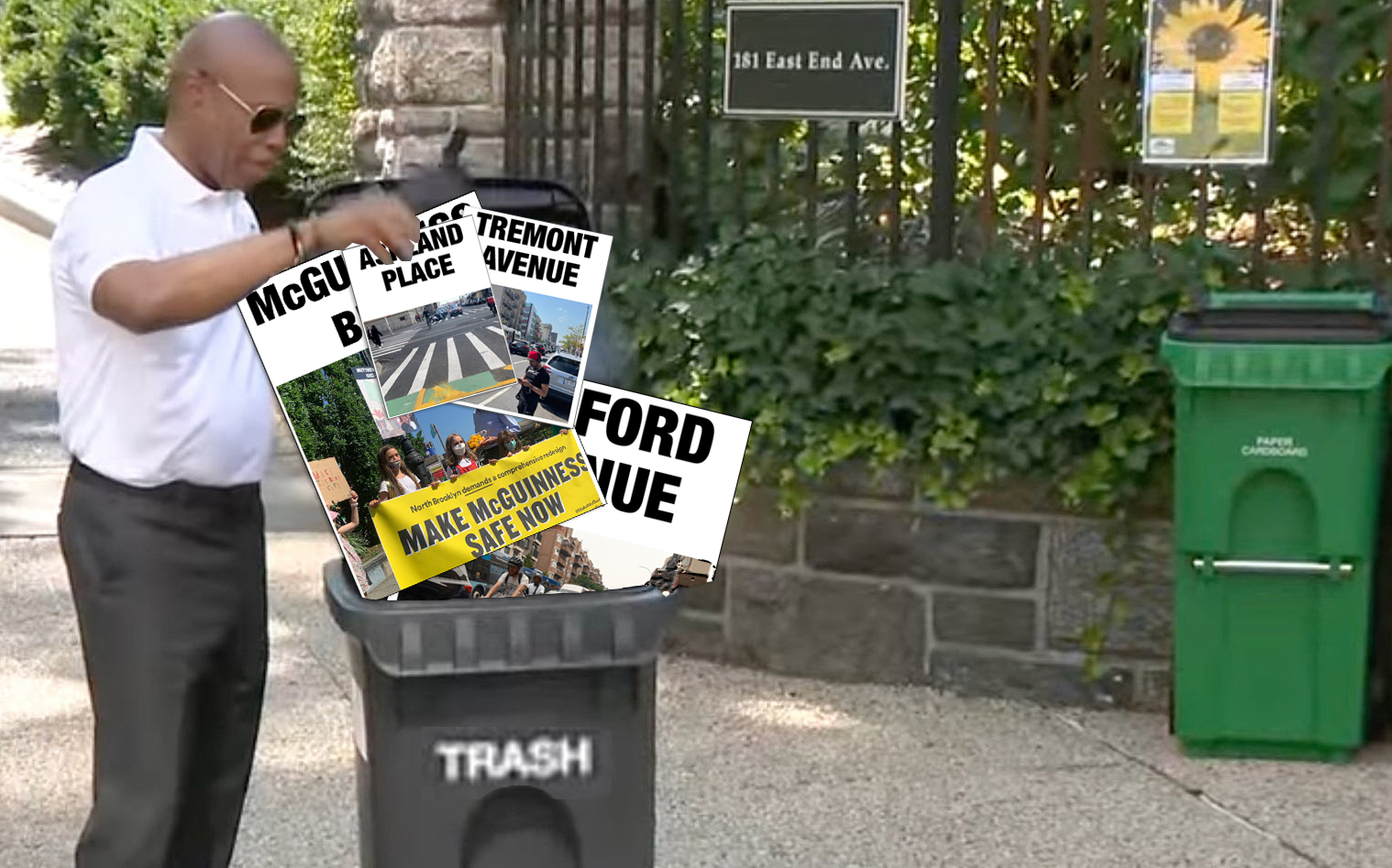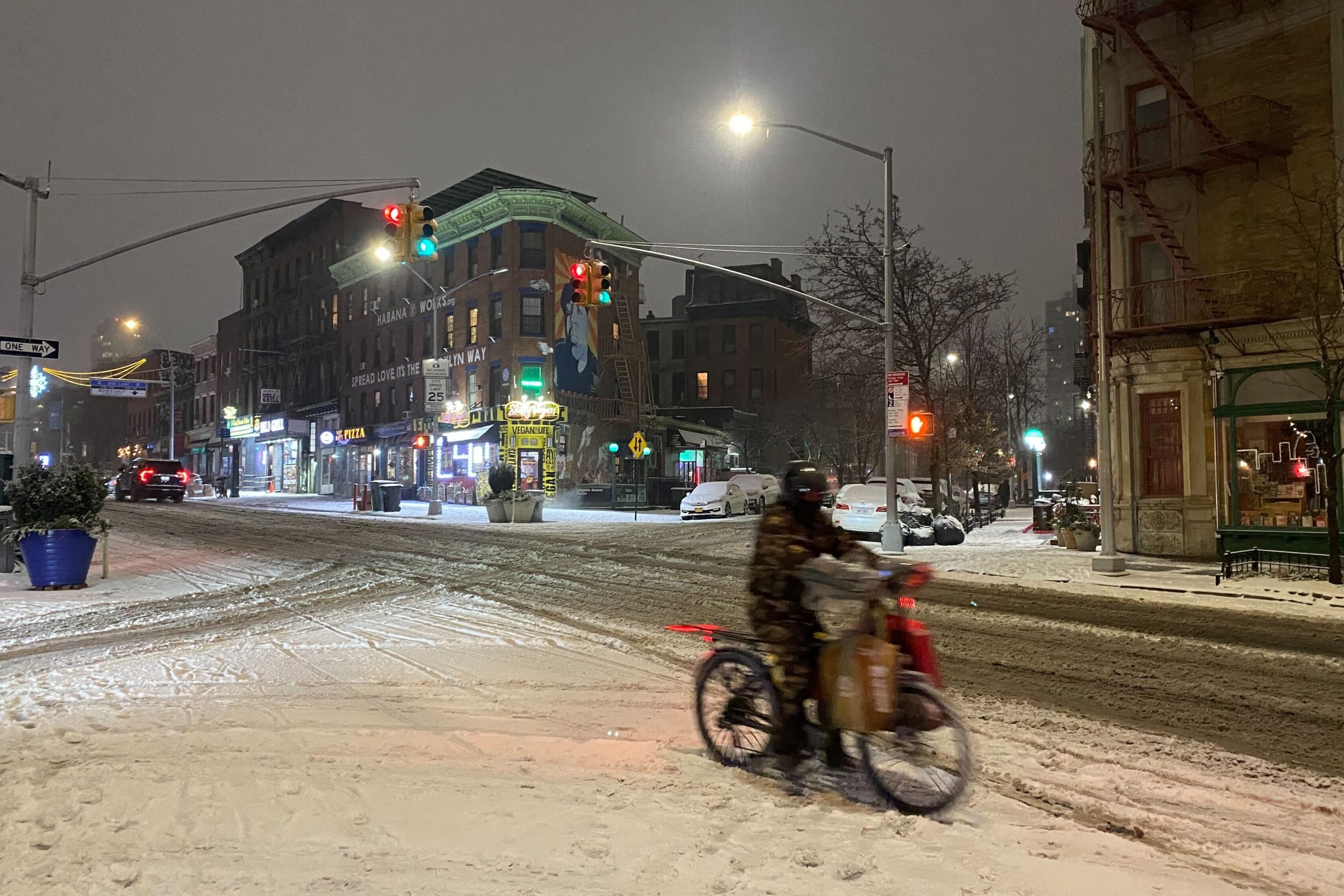Can you spot the flaw in this excerpt from the New York Times' Saturday backgrounder on MTA chief Jay Walder’s pending departure for Hong Kong?
[T]he future of New York’s cash-poor transit system, depended on by millions of riders a day, has now fallen directly to Mr. Cuomo, who must pick a successor.

The passage is spot on, but for this missing note: The city and region’s 8 million train, bus and subway riders aren’t the only people who depend on public transit. So do a million or more daily motor vehicle users, who will find themselves in ever-worse gridlock if fare hikes and under-investment lead even a small fraction of transit passengers to switch to automobiles.
How much worse will traffic congestion get if transit deteriorates? A lot, potentially. Consider a combination of higher fares and reduced service sufficient to bring about a 5 percent decline in subway use, so that weekday trips by subway to the Manhattan Central Business District, currently averaging 2,160,000 a day, shrink by 110,000. My modeling suggests that while a majority of those trips will relocate or simply disappear, an estimated 35,000 of them will continue to be made, in cars.
Auto trips to the CBD will increase in this scenario by nearly 30,000, allowing for cars with more than one person. While numerically that increase is much smaller than the drop in subway use, the increased volume of traffic will depress already abysmal travel speeds in the Manhattan core by more than 4 percent and slow traffic on the CBD approaches by an average of 1-2 percent. The estimated “time costs” of these new delays: nearly $600 million a year.
Is this scenario realistic? Sadly, yes. According to my travel-and-traffic modeling, it wouldn’t take much in the way of fare hikes and service cuts to bring about a 5 percent cut in subway trips. Here’s one way it could happen:
Raise fares (generates $230 million)
- Raise price of unlimited-fare Metrocards by 10 percent
- Eliminate current 7 percent bonus on $10 or higher pay-per-ride Metrocards
Cut service and investment (saves $440 million total)
- Cut $40 million from subway operations
- Cut $400 million a year from MTA capital program
The above combination is all it would take for 5 percent of subway riders to bail and collectively put 30,000 more CBD-bound car trips on the road. Now let’s add up this scenario’s pluses and minuses.
Pluses: Transportation authorities gain $560,000,000 a year
- MTA cost savings: $440 million
- MTA revenue gain: $90 million ($230 million from fare hikes, less $140 million from decreased ridership)
- MTA and Port Authority toll windfall (from increase in tolled tunnel trips): $30 million
Minuses: Public loses $995,000,000 a year + other uncalculated costs
- Motor vehicle users’ time losses from increased congestion: $590 million
- Transit users’ time losses from service cuts: $170 million
- Environmental costs (more pollution, crashes, noise, etc.): $135 million
- Lost longevity as heavier traffic discourages biking and walking: $100 million
- Job losses from increased congestion and cutbacks in transit operations and improvements: ??
- Lost economic activity from fewer person-trips to the CBD: ??
For every dollar saved by the MTA, the resultant drop in subway usage costs city and suburban residents nearly $1.80 in time, health and quality of life, with drivers’ lost time alone ($590 million a year) more than offsetting the MTA’s net gain ($560 million). And this accounting, which holds across a range of scenarios, omits costs due to lost employment and commerce.
From an overall societal standpoint, then, transit disinvestment is a big loser — a point that Dick Ravitch, Ted Kheel and other civic leaders labored for decades to get across to both City Hall and Albany. Ironically, many of the folks with the most to lose never even swipe a Metrocard.





